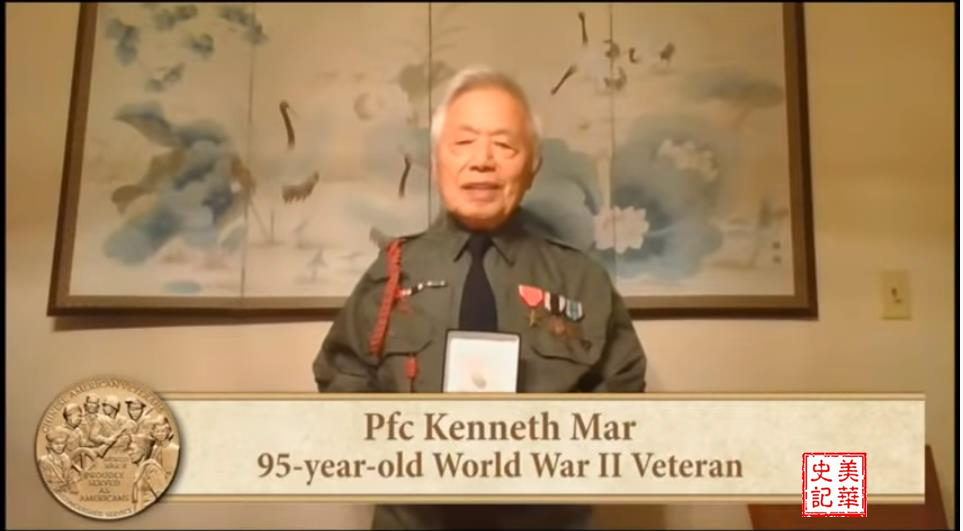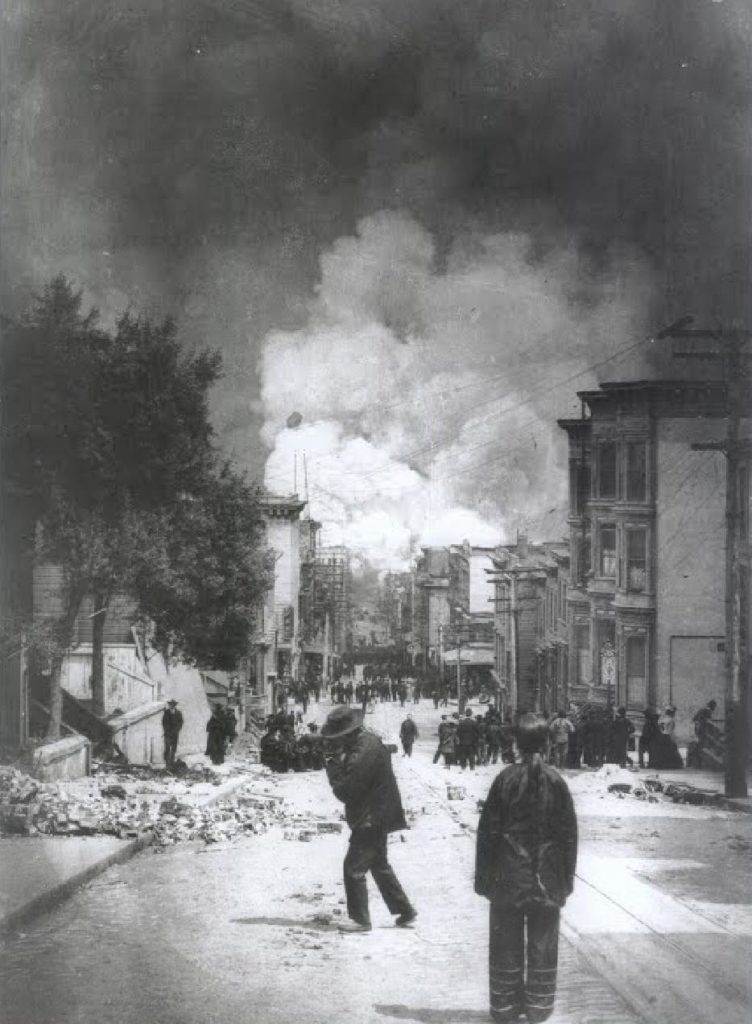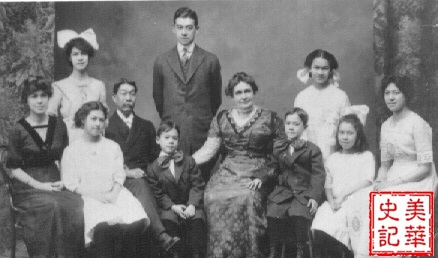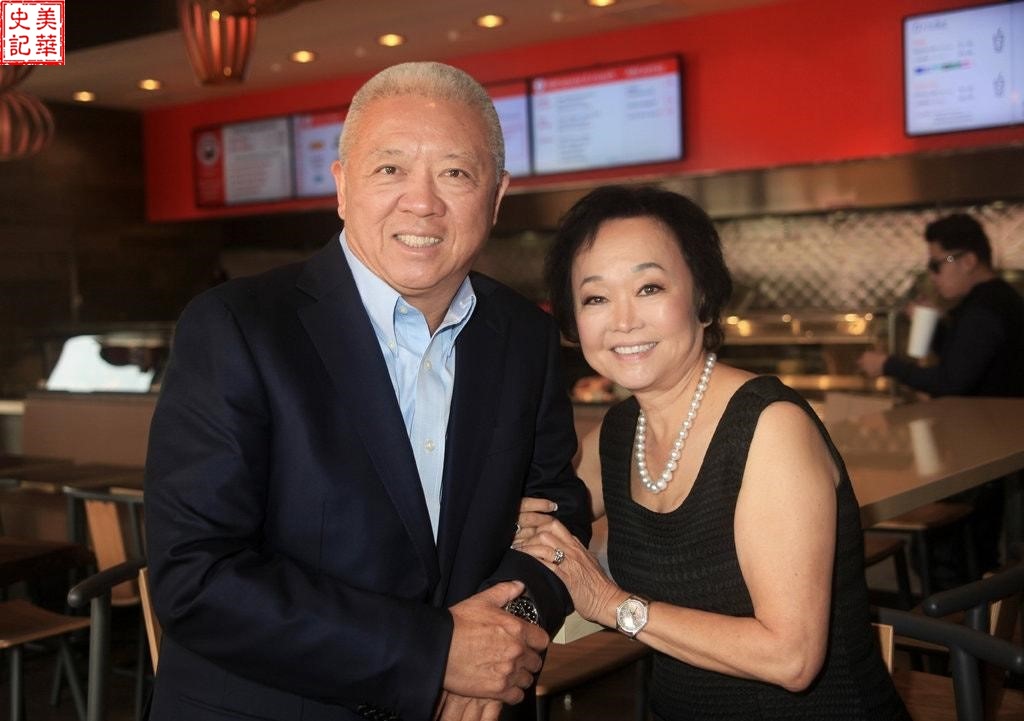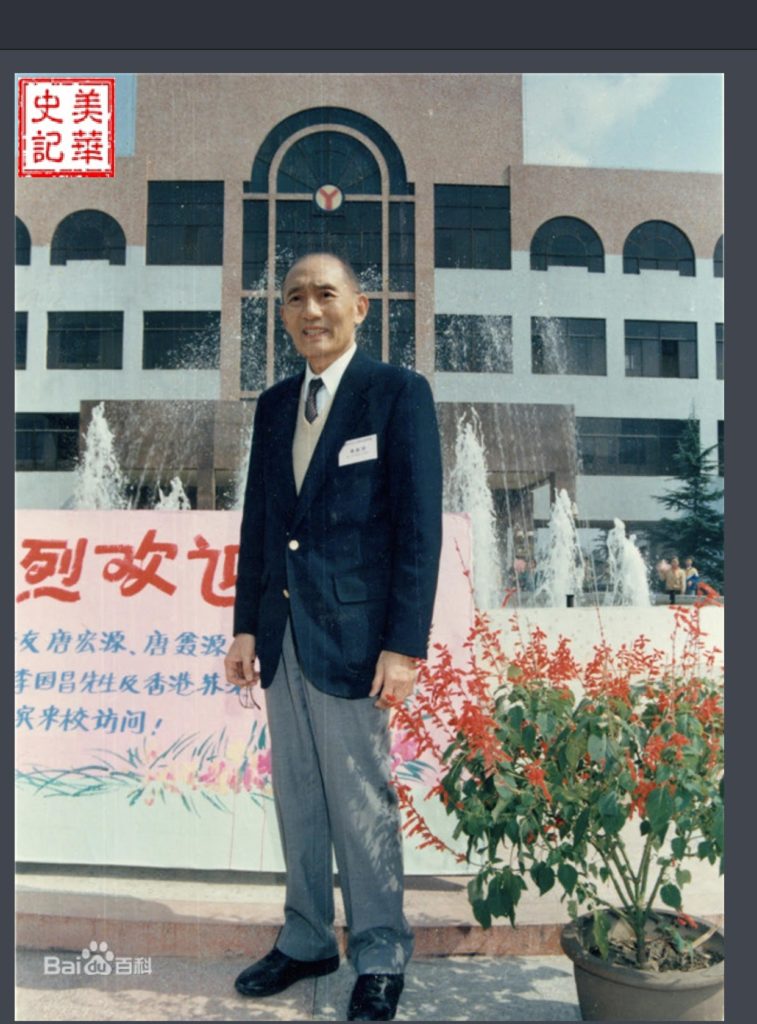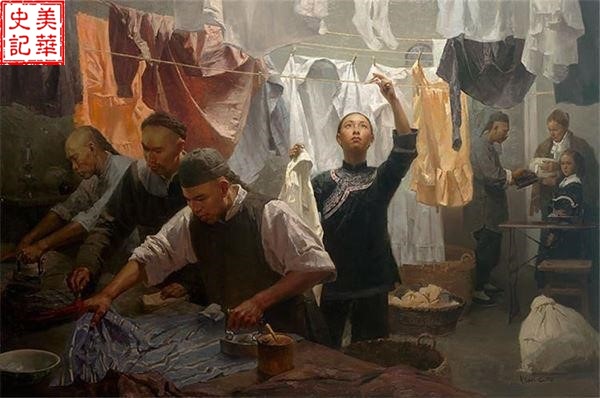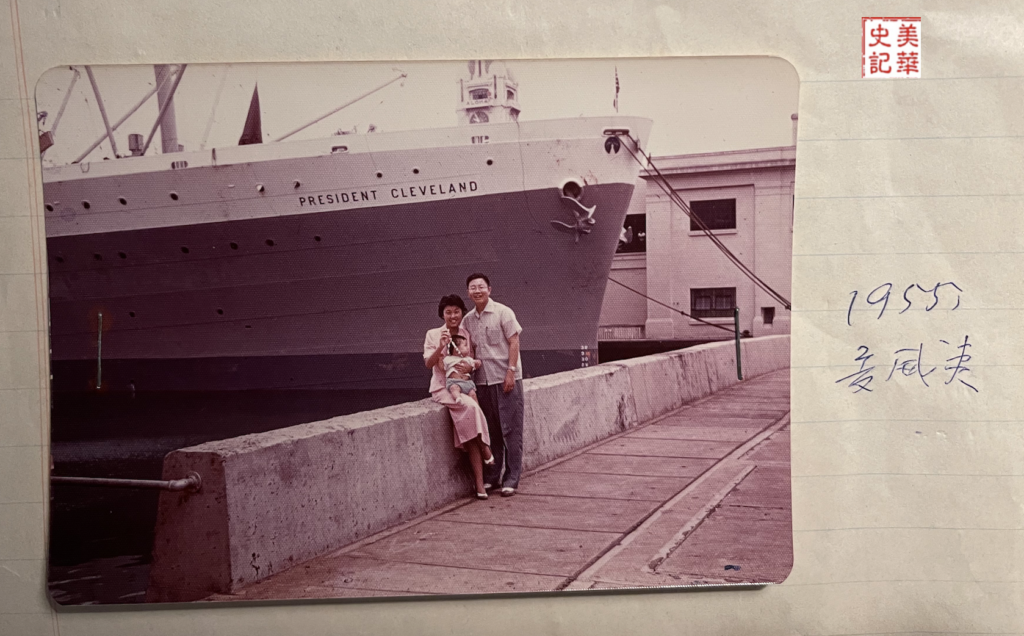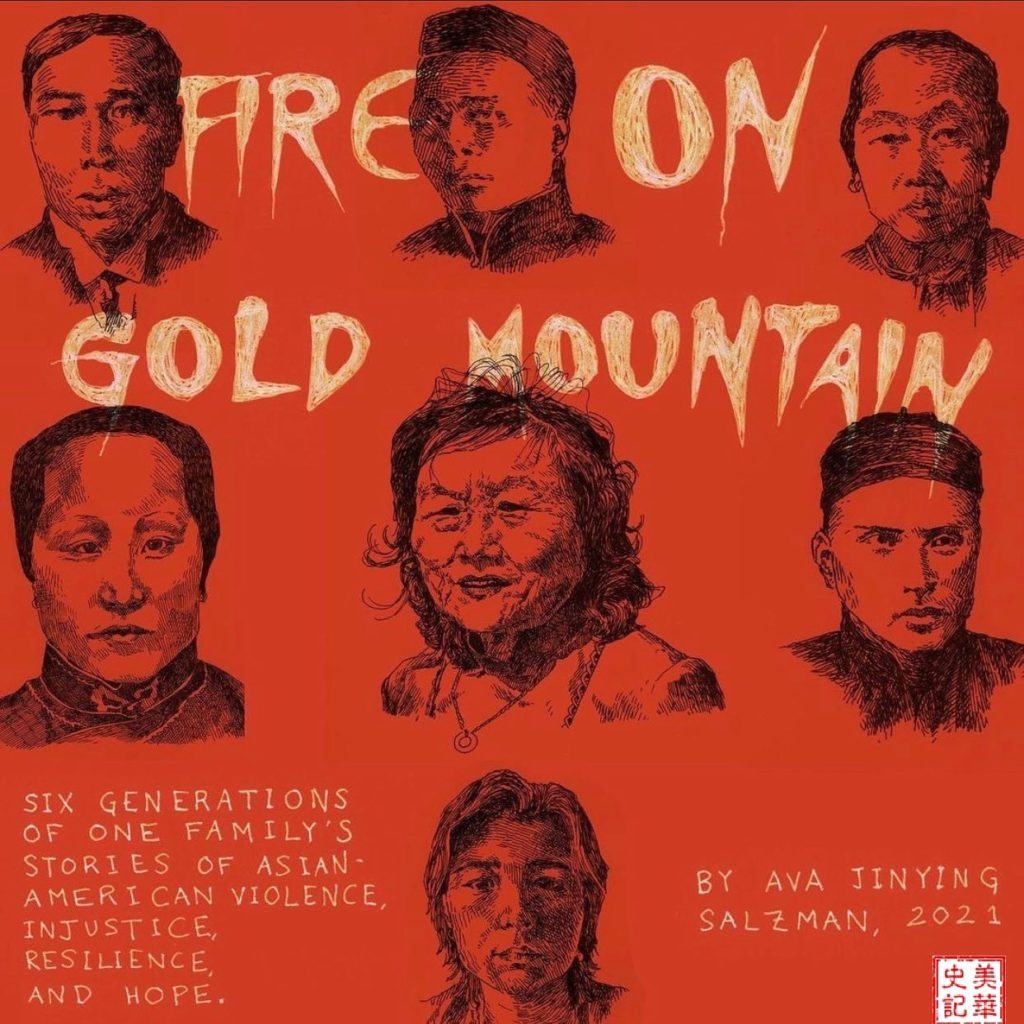Historical Record of Chinese Americans | The First Decade of the Chinese Exclusion Act
The Chinese Exclusion Act was a United States federal law signed by President Chester A. Arthur on May 6, 1882 prohibiting the immigration of all Chinese laborers. In times of economic and geopolitical crises, the tensions existed between different ethnic groups and the Chinese Americans paid for the crisis. At the beginning, the law was only a “restriction law” (1882-1888). However, the “restriction law” was ineffective, followed by outbreak of anti-Chinese violence. The confluence of local violence along with national exclusion and international expansion shifted the nature of US border control with a long-term policy of “complete exclusion law” (1888-1943). The hostile political environment lay the grounds for the general public to embrace a racism against Chinese Americans. The Chinese Exclusion Act was repealed in 1943.
Historical Record of Chinese Americans | The First Decade of the Chinese Exclusion Act Read More »

